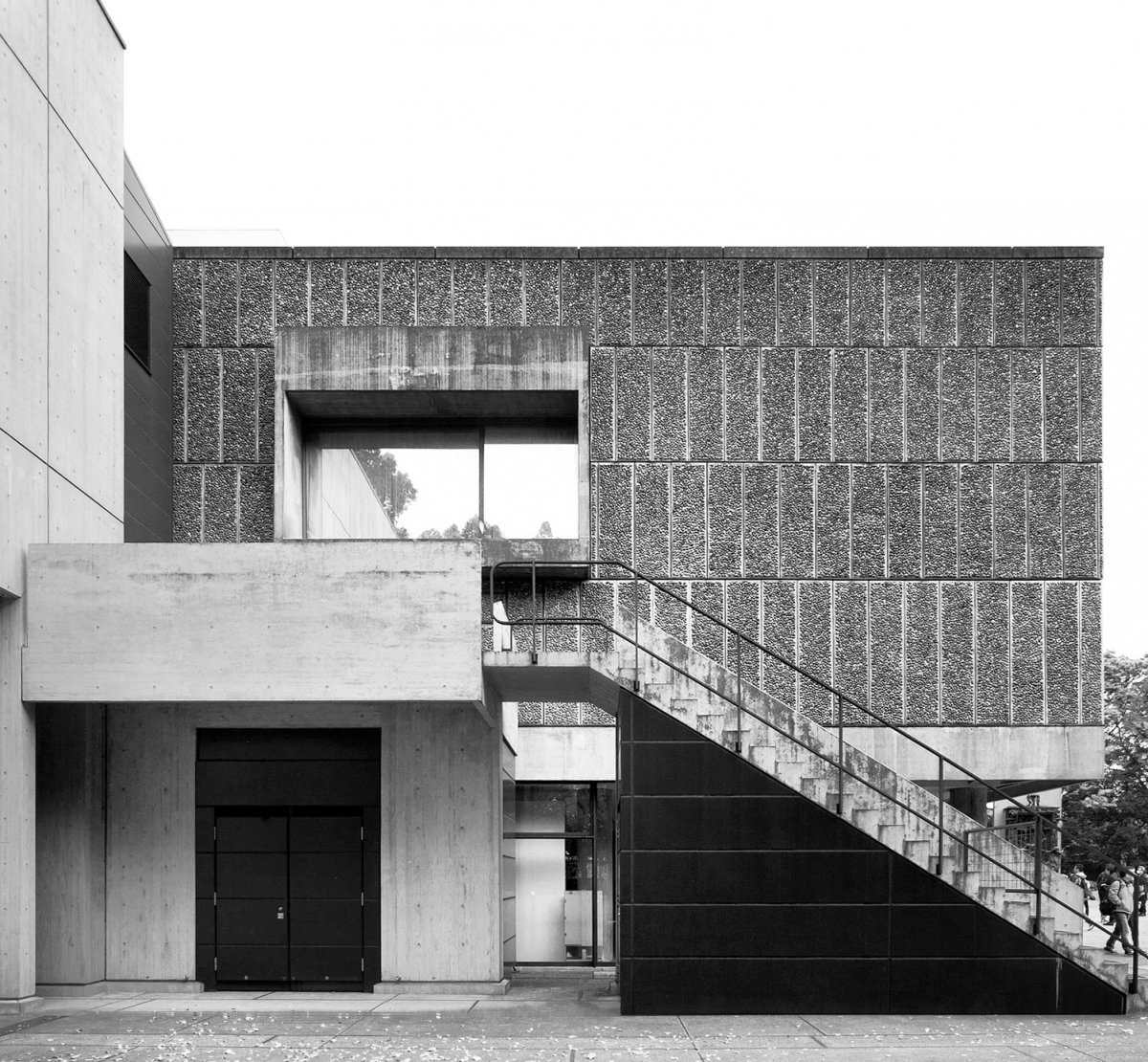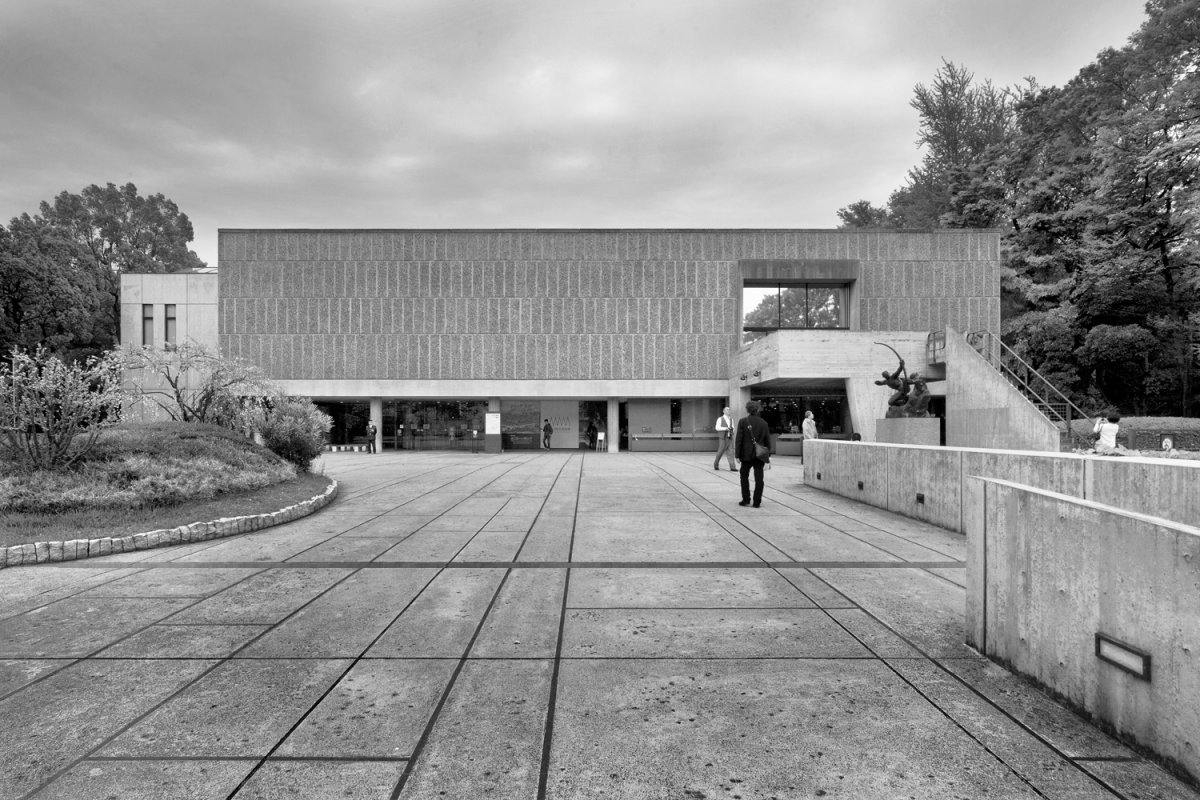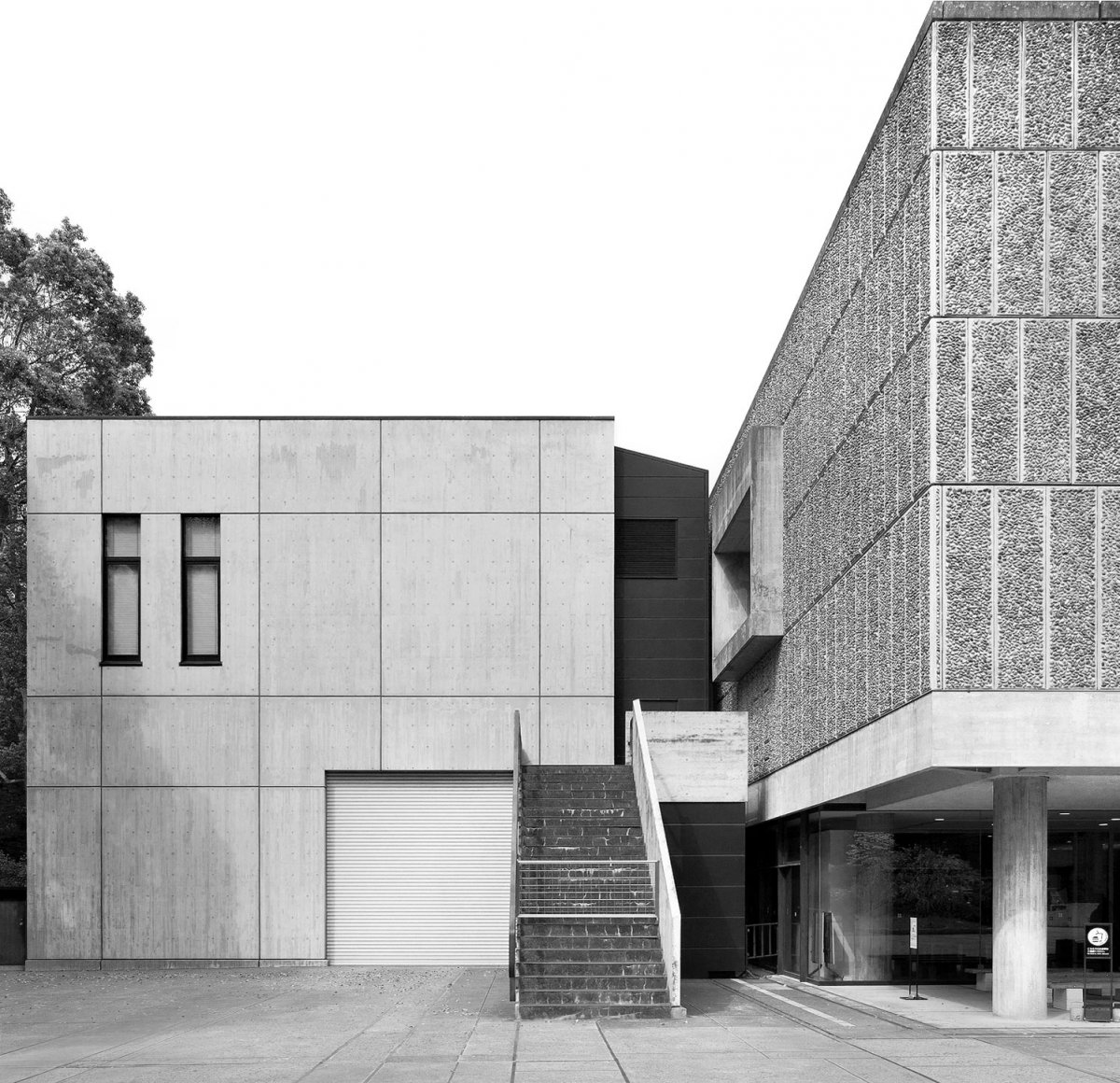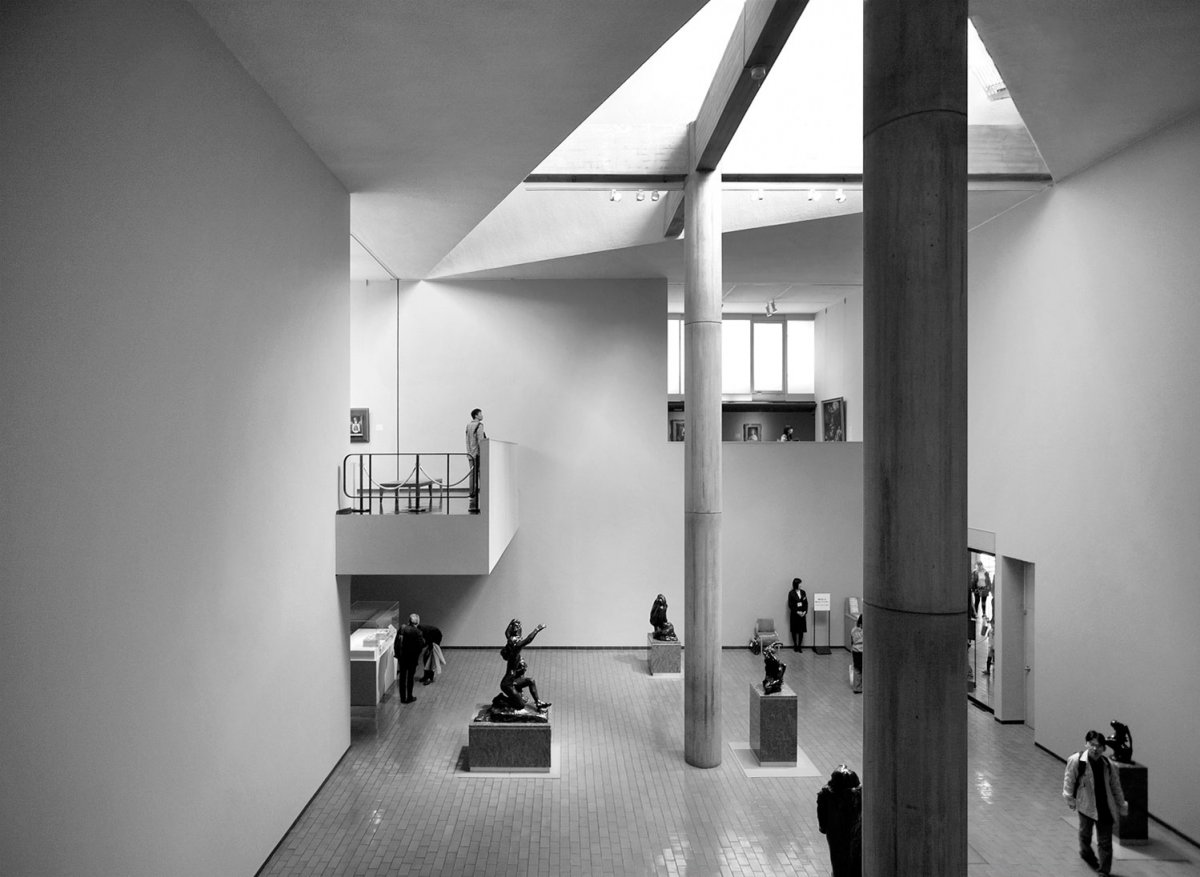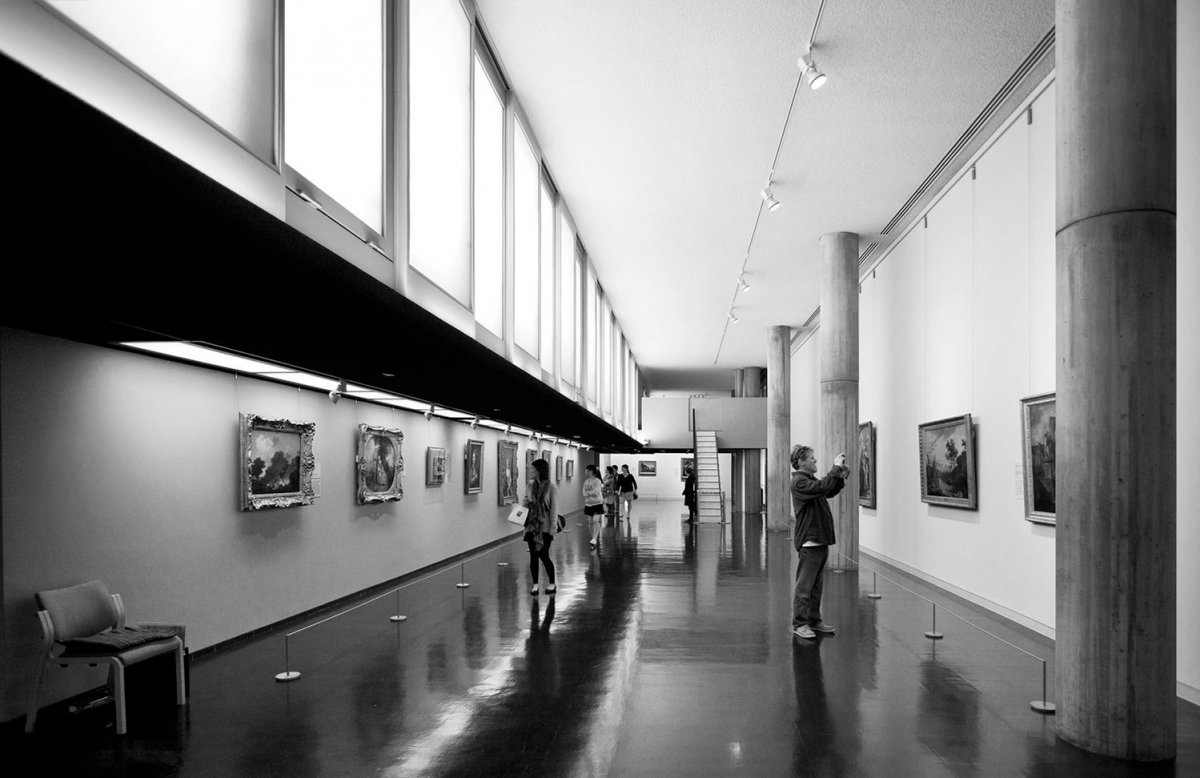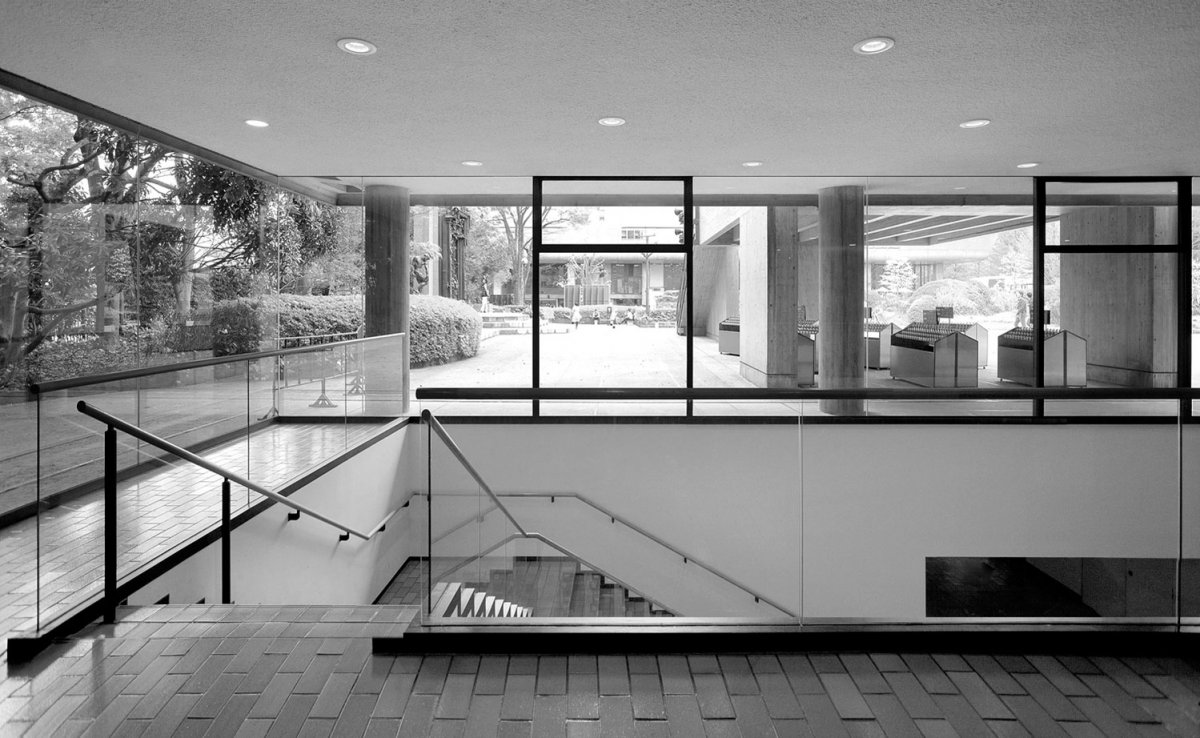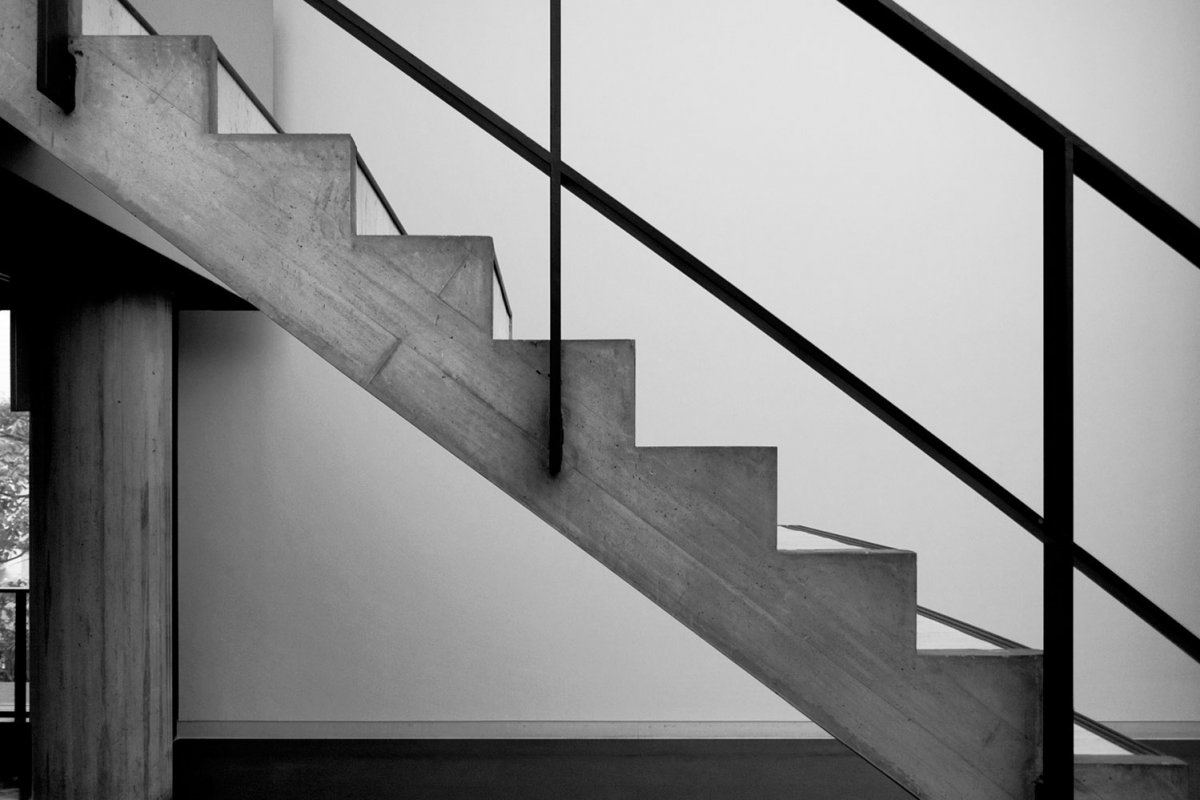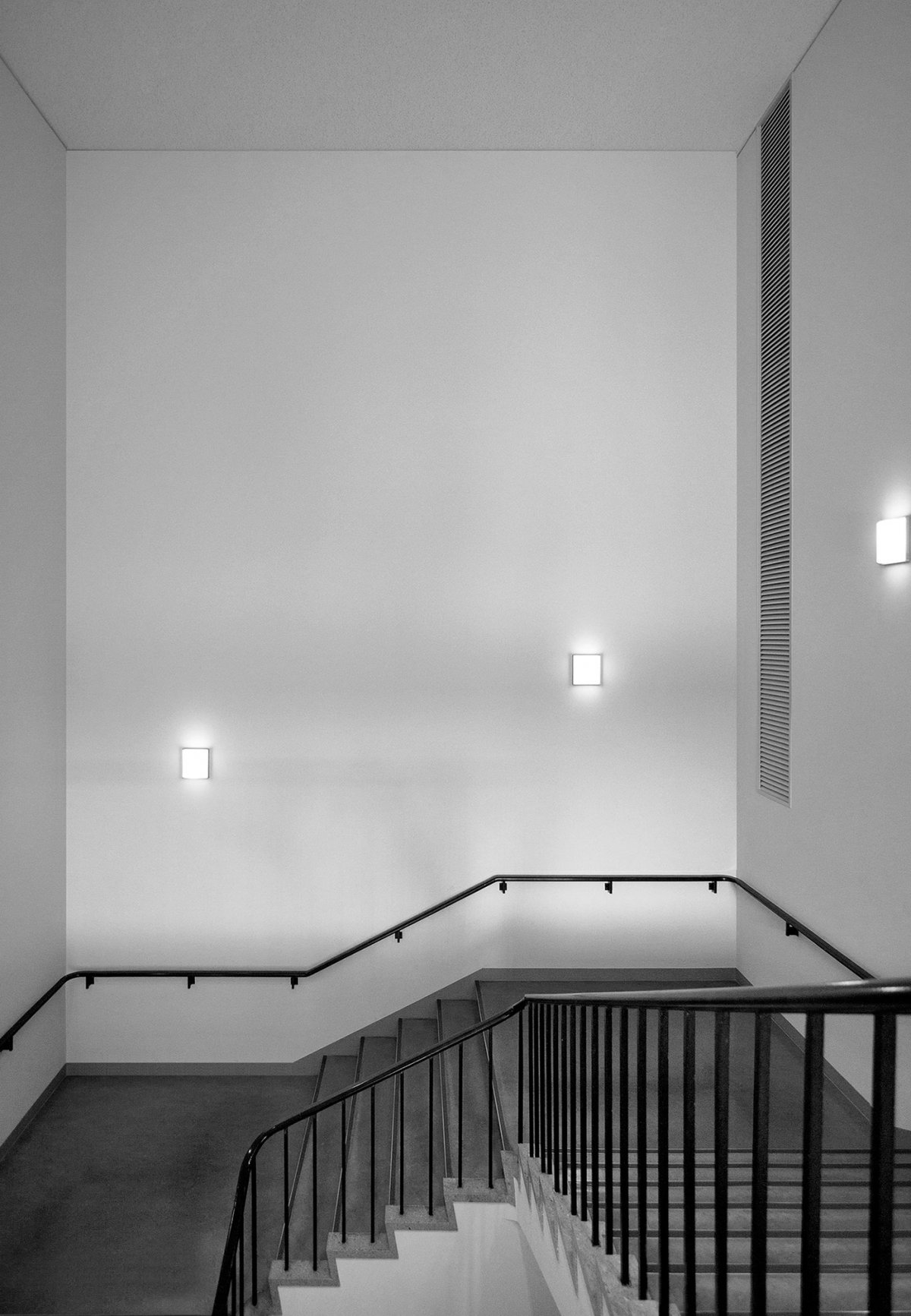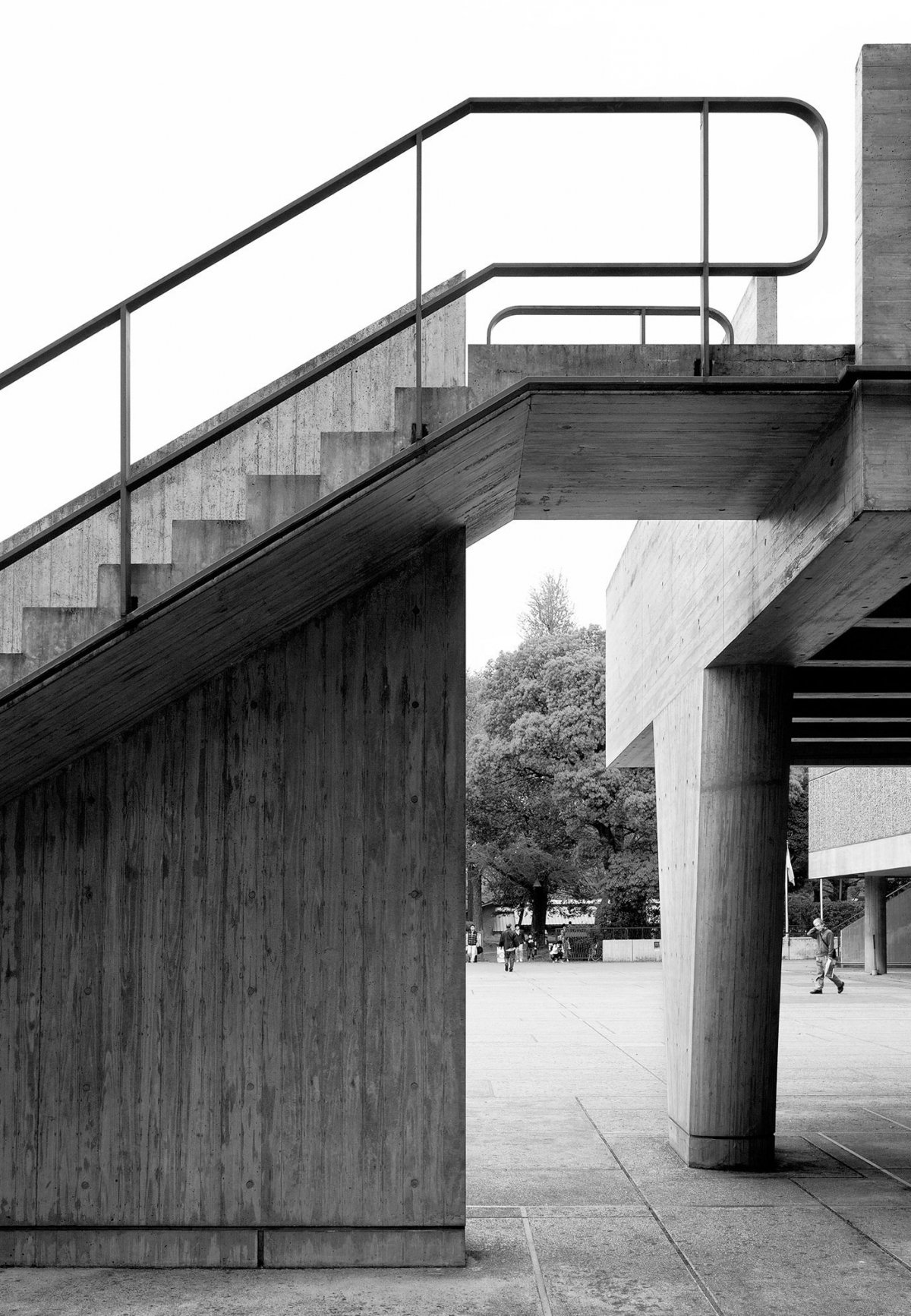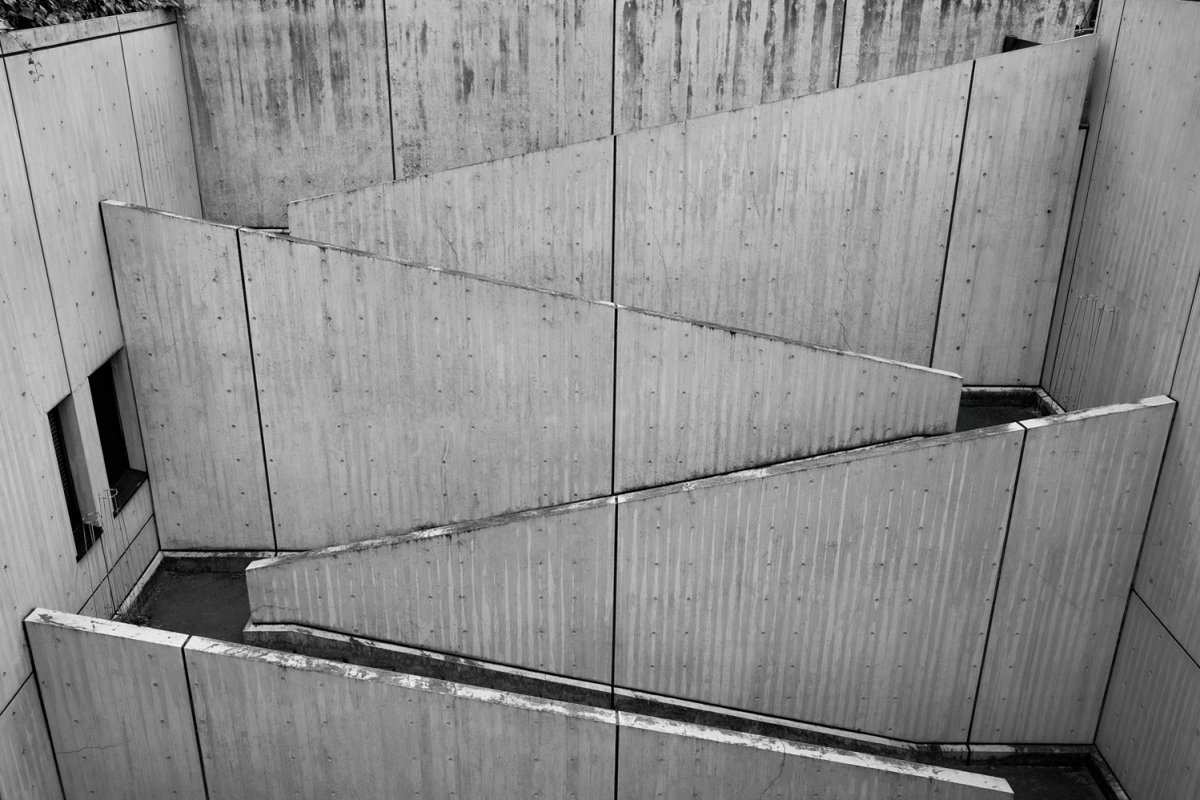
The National Museum of Western Art, designed by Le Corbusier, is Japan's premier public gallery dedicated to traditional Western Art. The museum is located in Ueno Park in central Tokyo, Taito. The museum is also known by its English acronym NMWA.
The museum was built to house works collected between 1920 and 1923 by the industrialist Matsukata Kojiro. His collection remained in Britain and France until the Japanese government demanded its return after World War II. The works were sent back to Japan after France mandated that French architects design museums for the collection. Le Corbusier was chosen to carry out the task.
Le Corbusier devised a master plan for the area around the museum. The design itself evolved into a building far beyond its original requirements, with the library, a small lecture hall and a room for viPs all having to be demolished. Nevertheless, the removed elements remain in the plan to guide future expansion.
Corbusier asked his three Japanese disciples, Kunio Maekawa, Junzo Sakakura and Takamasa Yoshizaka, to draw up detailed drawings and supervise the construction. The museum is square on the floor plan and the main gallery is elevated to the first floor. The layout is influenced by Le Corbusier's Sanskar Kendra museum in Ahmedabad, which is being designed at the same time. The exterior of the building is covered with precast concrete slabs, which sit on a U-shaped frame supported by the interior walls. Buildings are generally constructed of reinforced concrete, with columns having smooth concrete surfaces.
- Architect: Le Corbusier(1887~1965)
- Words: Qianqian

